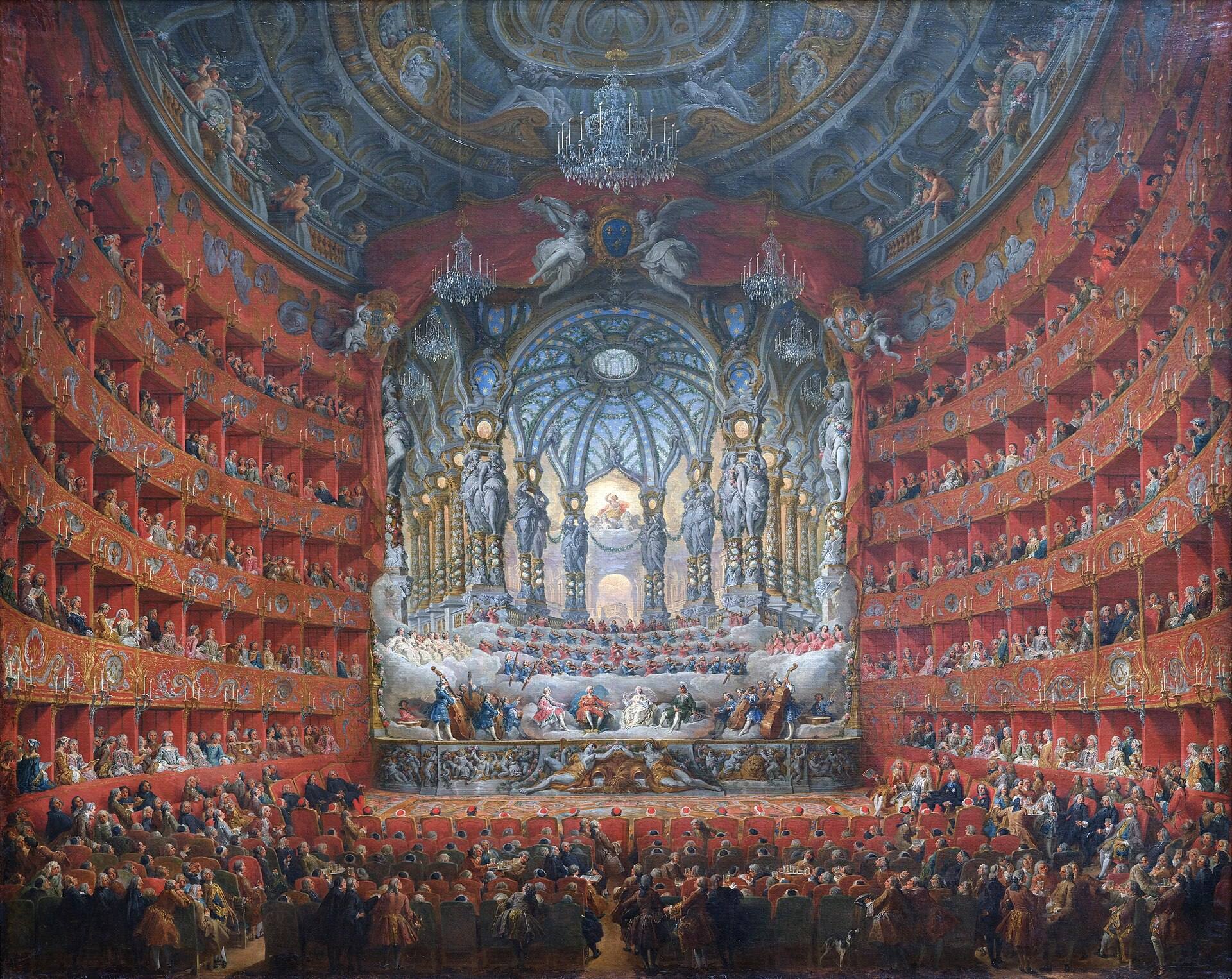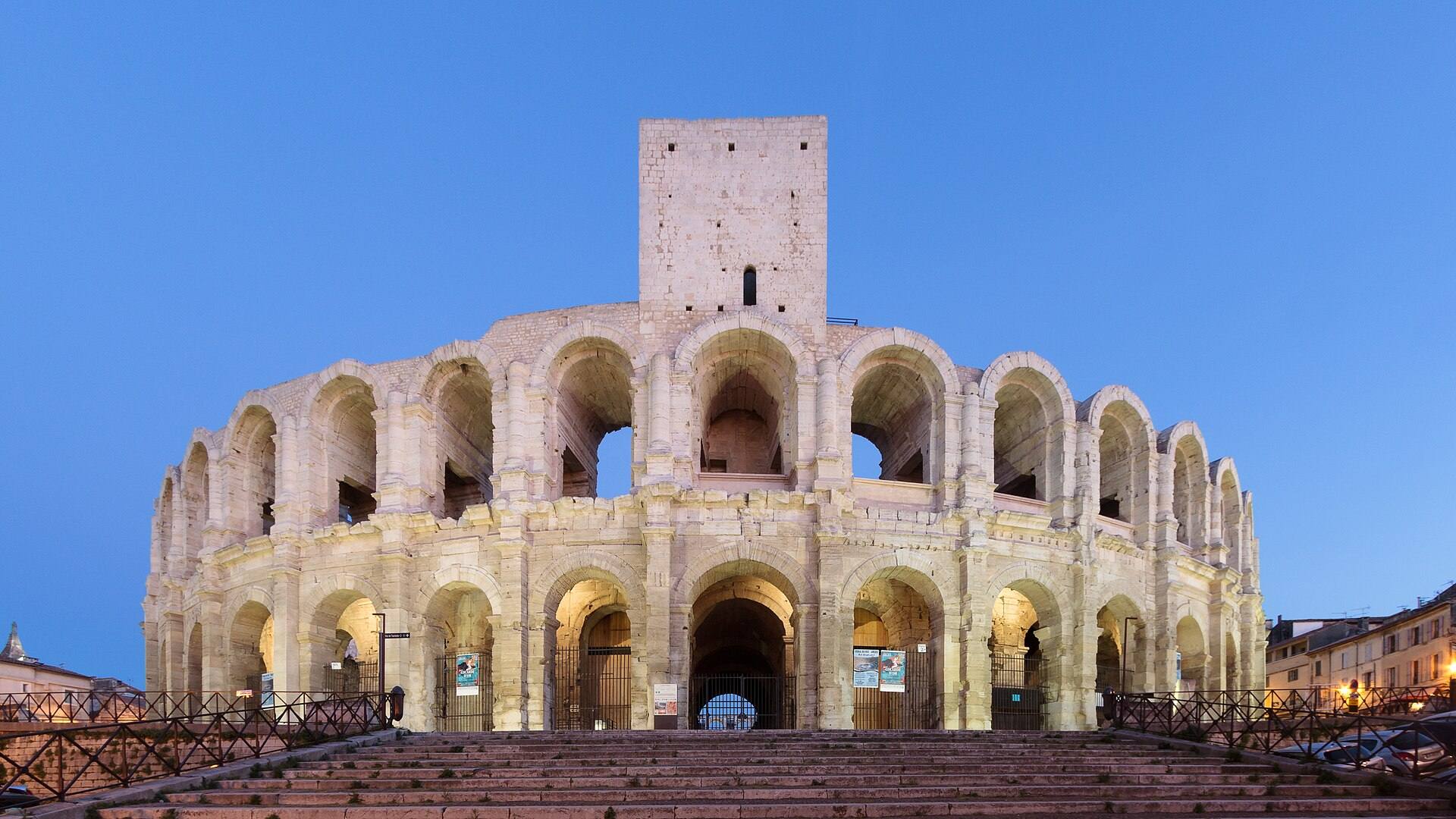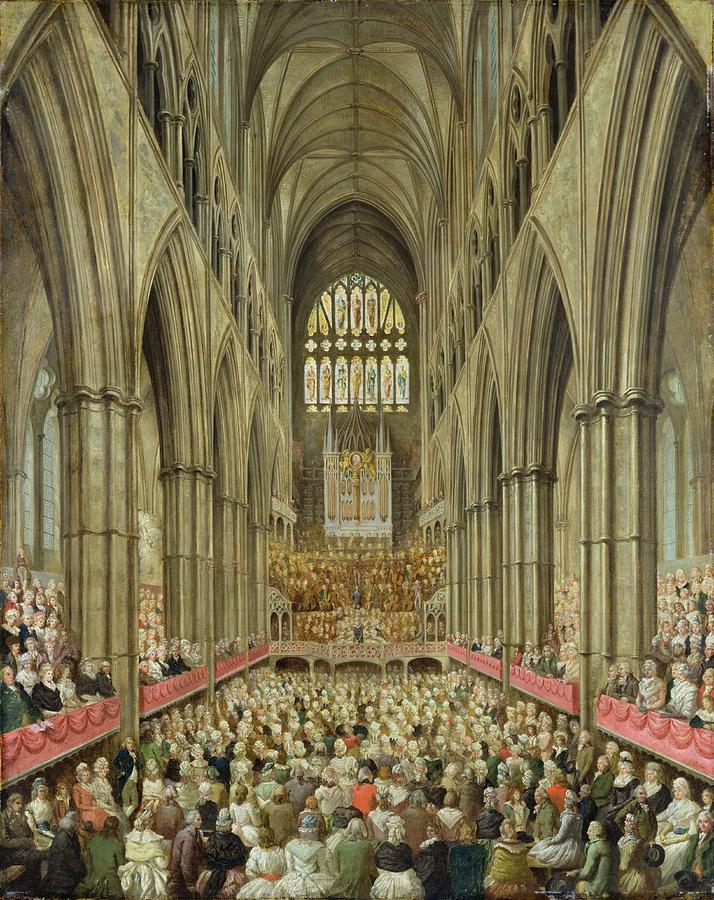created 2025-06-10, & modified, =this.modified
rel: Musical, Sound Architecture
Why I’m reading
Came up while finding avenues of readings related to Musical, Sound Architecture, though that page has gone in a different way than I expected, and I suspect this will drive me further away from what I expected – but on nonetheless an interesting path.
The Architect, the Musician, and the Listener from the Seventeenth Century to the Present Day
The Thomaskirche, Leipzig where J.S Bach was cantor. The acoustics of the building influenced the style of his composition.
The Rotunda at Ranelagh Garden - oil painting by Canaletto, orchestra stand on right, with canopy and organ pipes.
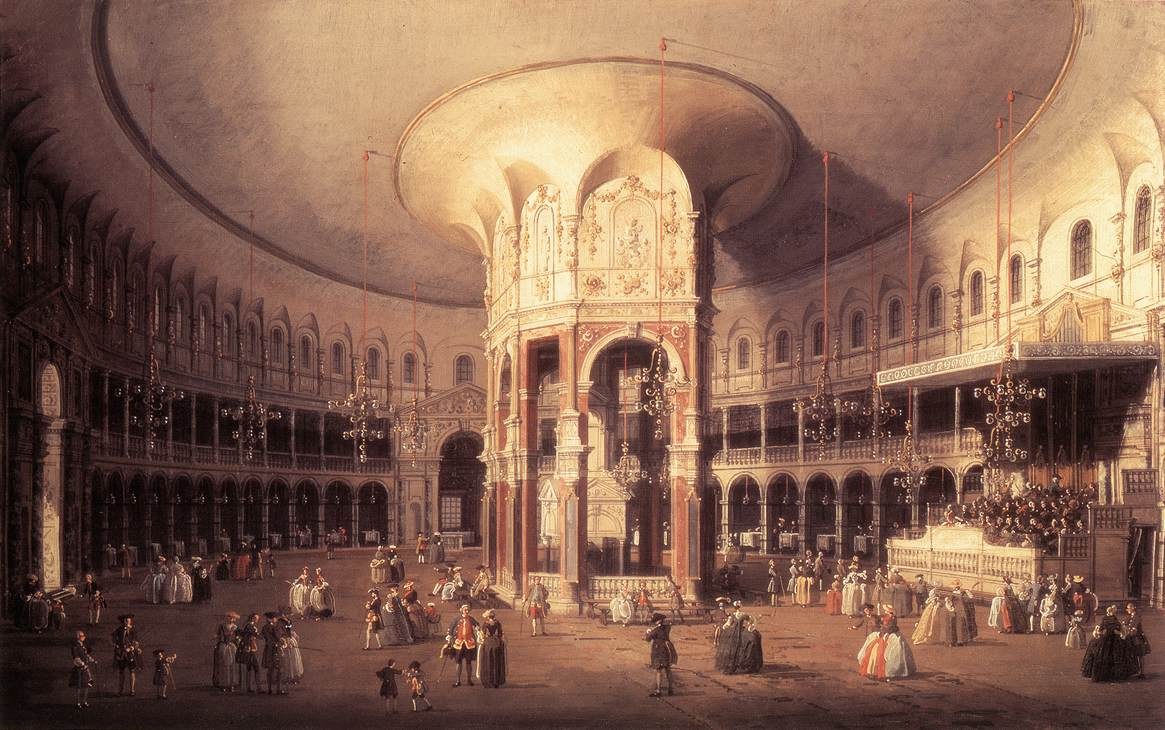
Musical Feast Given by the Cardinal de La Rochefoudcauld for the Marriage of the Dauphin Giovanni Paolo Panini, 1729
On stage, a painted decor of fantastic columns with caryatids stands before four rows of musicians half-hidden in a decor of clouds, while the four singers, playing the role of Olympian gods dressed like in the ancient times, are seated in the front row facing the spectators. Musicians are shown on either side playing their stringed instruments of which the cellos and double basses are the most visible
Roy Thomson Hall, Toronto - Semisurround hall where some seating wraps around the platform for visual and acoustic intimacy, despite large audience a
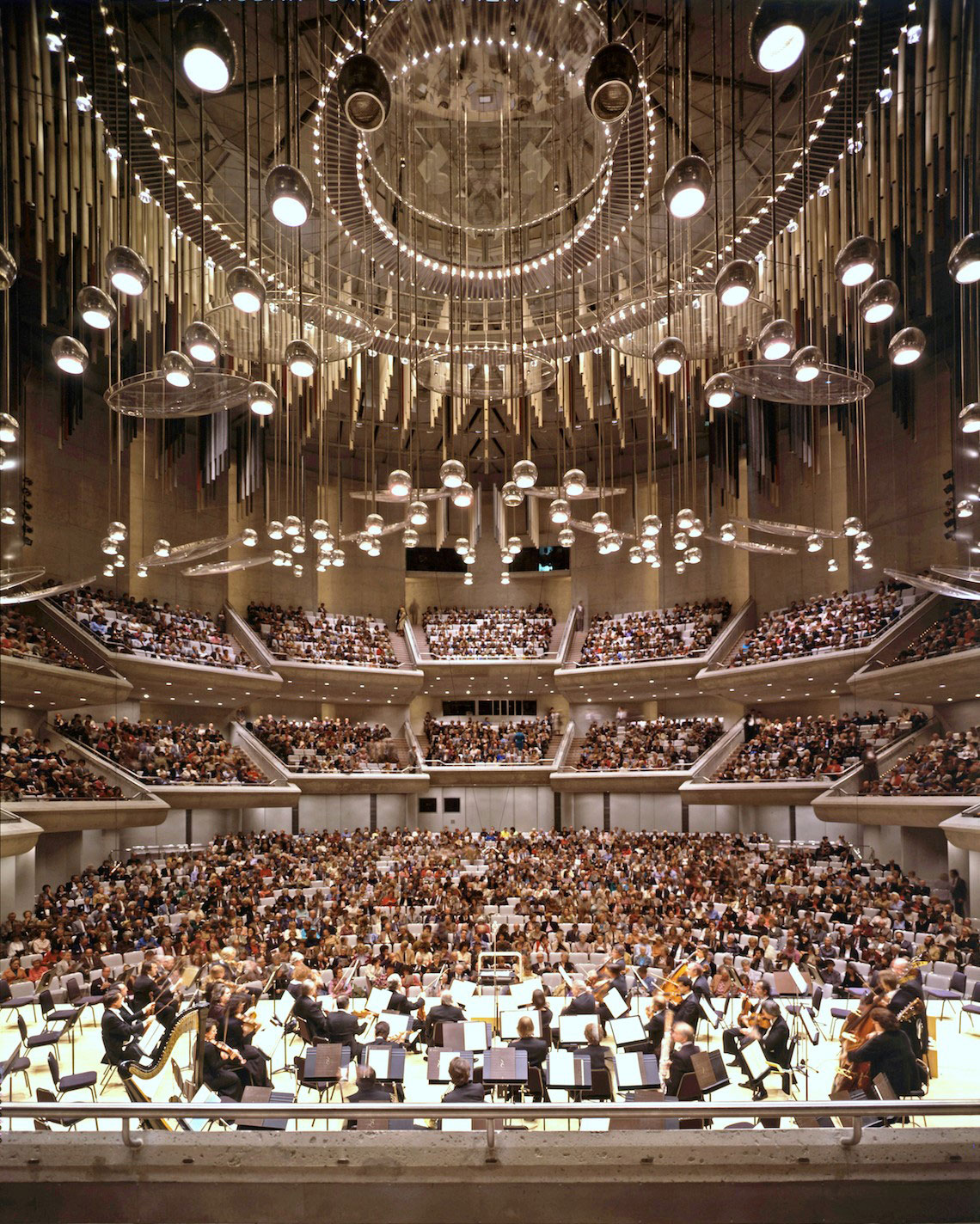
Theme and Variation
Hope Bagenal: all auditoria fall into two groups, acoustics of a cave or open air.
Wallace Clement Sabine argued that there was a strong effect of room acoustics on composition. Whether a region developed as melodic or rhythmic depends on if the people were historically housed or unhoused, in temples of high vaulted or low roofed, heavy furnishings or light.
Thought
This is the seed of the idea of why I started reading about this stuff, but in reverse and too strongly. I’m sure it’s a bit of the house influencing the music, and the music influencing the house.
But saying a group of people’s musical developments depends on their housing standards, seems too strong of a point. The language seems dated.
When I look into the exact passage, it leaves me further conflicted…
Almost no traveler has reported a musical scale, even of the most primitive sort, among any of the previously unvisited tribes of Africa. This fact could not be ascribed to racial inaptitude. If melody was, as Helmholtz suggested, but rhythm in time and in pitch, the musical scale should have been developed in Africa if anywhere. These races were given to the most rhythmical dancing and the rhythmical beating of drums and tom-toms. Rhythm in time they certainly had. Moreover, failure to develop a musical scale could not be ascribed to racial inaptitude to feeling for pitch. Transported to America and brought in contact with the musical scale, the negro became immediately the most musical part of our population. The absence of a highly developed scale in Africa must then be ascribed to environment
Turning to Europe, we find the musical scale most rapidly developing among the stone-dwelling people along the shores of the Mediterranean. The development of the scale and its increased use kept pace with the increased size of the dwellings and temples. It showed above all in tieir religious worship as their temples and churches reached cathedral size. The reverberation which accompanied the lofty and magnificent architecture increased until even the spoken service became intoned in the Gregorian chant. It is not going beyond the bounds of reason to say that in those churches in Europe which are housed in magnificent cathedrals the Catholic, the Lutheran and Protestant Episcopal, the form of worship is in part determined by their acoustical conditions.
This presents a tempting opportunity to enlarge on the fact that the alleged earliest evidence of a musical scale, a supposed flute, belonged to the cave-dwellers of Europe. This and the impulse to sing in an empty room, and the ease with which even the unmusical can keep the key in simple airs under such conditions, are significant facts, but gain nothing by amplification. The same may be said of the fact that since music has been written for more crowded auditoriums and with harmonic accompaniment the air has become of less harmonious sequence. These and many other instances of the effect of reverberation come to mind
Thought
But reading the above thought, I am now thinking about “the state of sound of the air”. Like what degree of saturation of sound is there, what is the global musical characteristic of the air? Can the air around us be ultimately musical and what would that sound like?
I think of walking along the city street, hearing music from
- people passing with their radios, cars and walking
- music from places you eat or buy etc.
Music is painted everywhere here, akin to the consideration or not consideration of light sources.
I want to consider a maximally musical world for a second. I think of my niece’s toy collection. Every object seems to make a sound, not really its own, but musical.
It would ultimately infuriate me, but I want to imagine a world where music was just like air, at times melodic, at times atonal like background of a game like Elden Ring but completely diegetic.
Buildings with the acoustics of the open air derive from the classical amphitheater.
Composers would take into account the acoustics for the building they were writing in. Perotin’s music, in fact, is perfectly adapted to the acoustics of the highly resonant cathedral (Notre Dame, Paris) for which it was written
But did architects consciously design for the music? The evolution of church architecture provides an illustration of this.
When the sermon became a major element of Protestant service, the cubic volume of new church buildings was decreased to provide greater clarity of the speaker’s voice (less reflected sound)
Interior View of Westminster Abbey on the Commemoration of Handel’s Centenary, taken from the Manager’s Box, by Edward Edwards
Prior to Sabine’s experimental work, and The Theory of Sound by Lord Rayleigh, acoustic success when it occurred as a combination of intuition and luck.
Thought
Even if methods are known, they are clearly not mastered as I’ll scout music venues and hear of the horrible acoustics (though this time, also electronics are problematic – poor speaker setup etc.)
This is majorly true, but I also wonder the subjective experience of it, as in, someone tells you this is the best sounding space, and at the time it was simply believed. Great, possibly – but the best perhaps not?
The Ruins and Fragments by Robert Harbison monastery of Chorin, romantically situated in a forest one hour’s drive from Berlin, is a notably attractive center for summer concerts
Thought
When a place can die, but still be useful acoustically. This might be the case for me? Memorable sound experiences (outside of concerts) can be discovered in isolation, and ruin like when I’ll visit a cave, or a basement.
Music of the Romantic period (19th century work of Berlioz, Liszt, Wagner) is best heard in relatively reverberant halls. “The blending is like brush strokes in an Impressionist painting, so that the onlooker is induced to project his senses and emotions into the work in order to perceive the image.”
Classical period music (1750-1820) expresses emotion as reason and clarity. The ornamentation advantages smaller, overcrowded concert rooms of the time.

